In the bustling streets of Chongqing or Chengdu, few culinary rituals are as sacred as the preparation of a proper hot pot dipping sauce. While the fiery broth bubbles and the thinly sliced meats swirl in the crimson liquid, locals meticulously craft their personal oil-based condiments. Among these, the garlic-infused sesame oil reigns supreme—not just for its flavor, but for an unexpected scientific purpose: temperature regulation.
The tradition of pairing scalding hot pot ingredients with a garlic-and-oil dip isn’t merely about taste. It’s a centuries-old hack to make the meal safer and more enjoyable. When food is plucked from the boiling broth, its surface temperature can easily exceed 90°C (194°F). Dipping it into room-temperature sesame oil—often enriched with minced garlic—instantly cools the morsel by several degrees. The oil’s viscosity creates a thin insulating layer, preventing burns while allowing the flavors to meld.
Why sesame oil? Unlike water-based sauces, sesame oil has a higher specific heat capacity, meaning it absorbs more thermal energy before its temperature rises. This makes it exceptionally effective at drawing heat away from food. Additionally, its low water content prevents dangerous oil splatters when hot ingredients are submerged—a common risk with watery dips like soy sauce or vinegar blends.
The garlic component isn’t just for pungent flair. Raw garlic contains allicin, a compound with mild antibacterial properties that historically countered concerns about undercooked meats. While modern hot pot ingredients are typically safe, this trait likely contributed to the sauce’s enduring popularity. The garlic also stimulates saliva production, which further aids in cooling the mouth and balancing the heat from chili-laden broths.
Regional variations reveal ingenious adaptations. In northern China, where lamb hot pot dominates, sesame oil is sometimes replaced with peanut oil for a nuttier profile. Some Taiwanese versions add a raw egg yolk to the mix, leveraging the yolk’s emulsifying properties to create a richer, more cohesive dip. Yet the core principle remains: these oil-based sauces act as thermal buffers, transforming dangerously hot bites into palatable delights.
Modern food science has quantified what tradition long understood. Infrared thermometer studies show that a 3-second dip in garlic oil can reduce a piece of beef’s surface temperature from near-boiling to around 60°C (140°F)—the threshold where flavors register clearly without numbing taste buds. This precision explains why the practice persists even as eating habits evolve.
Beyond physics, the sauce carries cultural weight. Preparing one’s own dipping bowl is a ritual that slows the meal’s pace, encouraging conversation. The aromatic cloud of crushed garlic and toasted sesame also enhances the communal experience, creating a sensory backdrop as integral to hot pot as the bubbling cauldron itself. In this way, the humble condiment transcends its utilitarian roots to become a cornerstone of shared dining.
Next time you witness the careful swirling of ingredients through that golden elixir, remember: you’re observing not just a flavor preference, but an edible heat exchanger perfected over generations—a testament to how culinary traditions often encode sophisticated science in their simplest gestures.
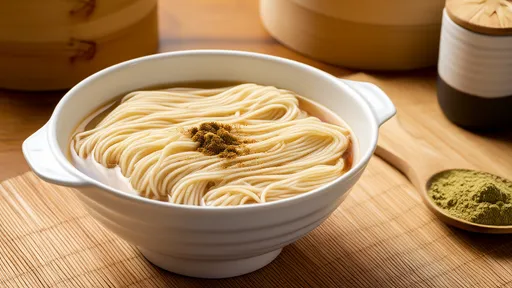
By /Jul 24, 2025
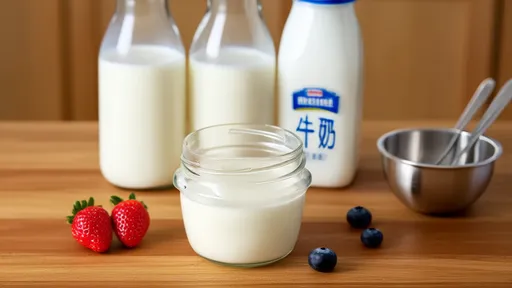
By /Jul 24, 2025
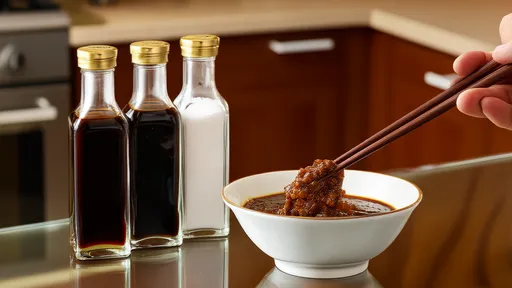
By /Jul 24, 2025
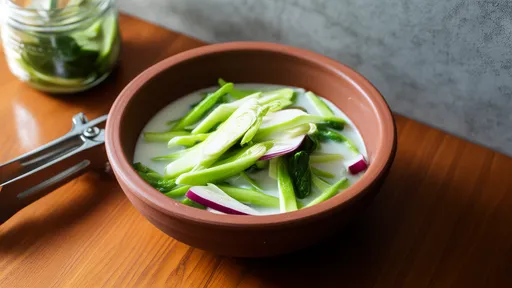
By /Jul 24, 2025
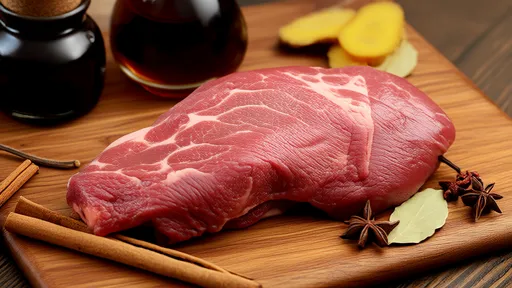
By /Jul 24, 2025
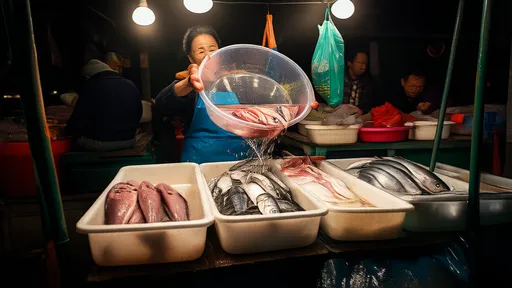
By /Jul 24, 2025

By /Jul 24, 2025
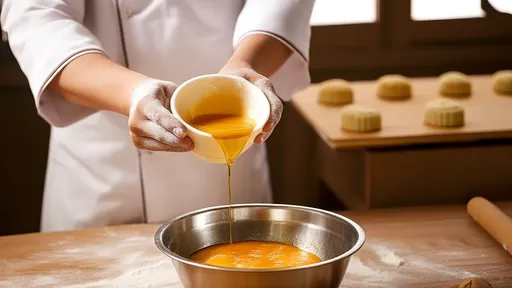
By /Jul 24, 2025
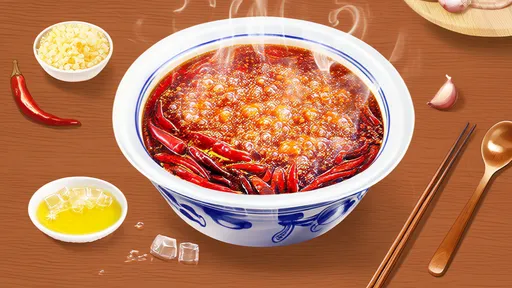
By /Jul 24, 2025
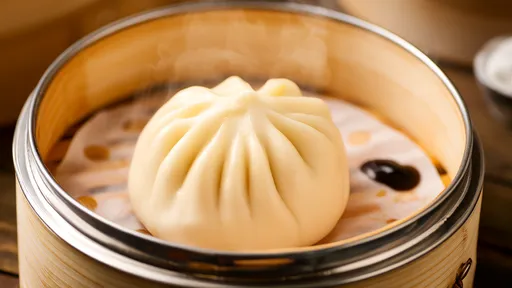
By /Jul 24, 2025

By /Jul 24, 2025

By /Jul 24, 2025
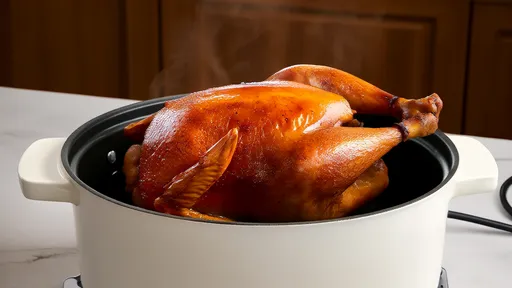
By /Jul 24, 2025
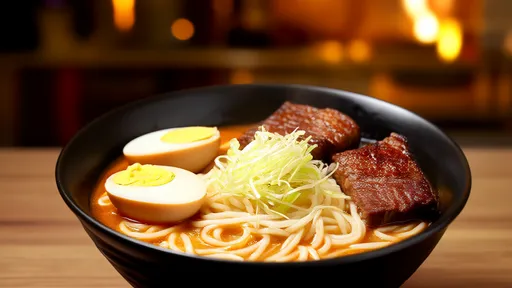
By /Jul 24, 2025
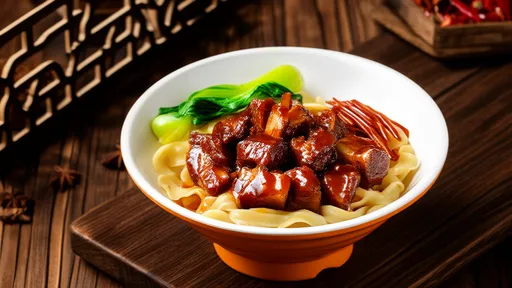
By /Jul 24, 2025
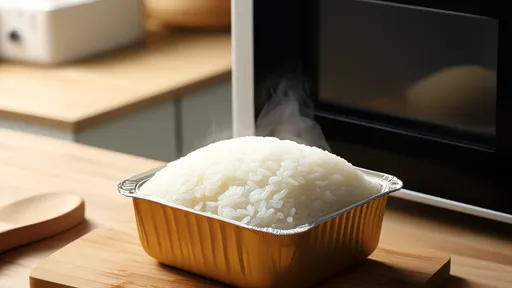
By /Jul 24, 2025
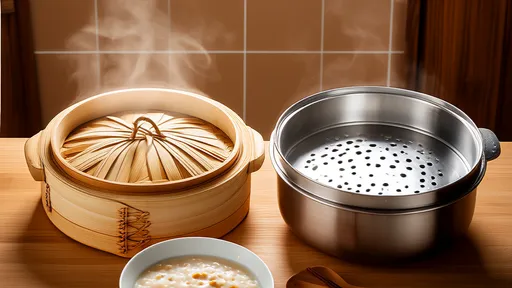
By /Jul 24, 2025
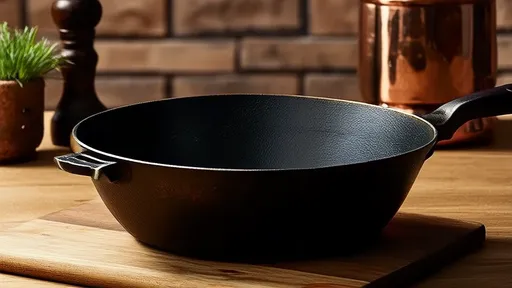
By /Jul 24, 2025